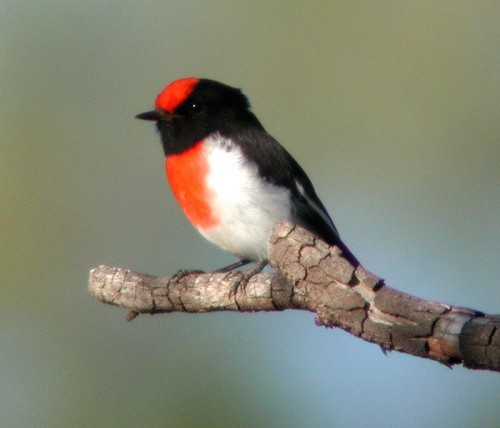Barn Swallow
One of the most widespread swallow species in the world is the Barn Swallow. This passerine bird can be found in Asia, Europe, Africa, and the Americas. This bird was first described scientifically by Carolus Linnaeus in his renowned work, Systema Naturae which was published in 1758. He gave this animal the name, Hirundo rustica.
There are 6 Barn Swallow sub-species, all of which breed in the Northern Hemisphere. 4 of these sub-species are strongly migratory and their wintering grounds cover the Southern Hemisphere as far south as Australia, South Africa, and Argentina. These generally recognised 6 sub-species include:
- H. r. rustica – the nominate sub-species which breeds in Asia and Europe. Its range is from as far north as the Arctic Circle, as far south as North Africa, the Middle East, and Sikkim. In the east, it can be found as far east as the Yenisei river in Japan. This bird migrates during the winter to the Indian subcontinent, Arabia, and Africa. They cover about 11,600 km on their annual migration.
- H. r. transitiva – first described in 1910 by Ernst Hartert. It breeds in the Middle East, from Israel to Turkey. It is sometimes a resident of East Africa. Its distinguishable characteristics include a broken breast band and orange-red underparts.
- H. r. savignii – a resident of Egypt, it was first scientifically described in 1817 by James Stephens who named it after the French Zoologist, Marie Jules Cesar Savigny. It also has orange-red underparts, but it has a broad breast band and a deep red hue in its underparts.
- H. r. gutturalis – first described in 1786 by Giovanni Antonio Scopoli. Unlike the above 2 sub-species, this bird has whitish underparts. It has a broken breast band, a chestnut-coloured breast, and its lower underparts have a pink-buff. This bird breeds from Korea and Japan to the Himalayas. This bird spends its winters in tropical areas from New Guinea and Indonesia to as far west as Sri Lanka and India. Some of these birds have also been found wintering in Australia. It is a vagrant in Washington and Alaska, USA.
- H. r. tyleri – in 1864, Thomas Jerdon first scientifically described this bird. It was named for a British naturalist, soldier, and photographer, Robert Christopher Tytler. This bird has a deep orange-red underparts, a longer tail, and its bread band is incomplete. It breeds as far north as central Siberia to Mongolia. It winters from as east as Malaysia and Thailand to as far west as eastern Bengal.
- H. r. erythrogaster – this bird was first scientifically described in 1783 by Pieter Boddaert. This bird is found in North America, and is different from the European Barn Swallows as it has redder underparts, and a blue breast band that is narrower and sometimes incomplete. This bird can be found from Alaska to southern Mexico. It winters in South America, Panama, Costa Rica, and the Lesser Antilles. It will also funnel through Central America.
The nominate sub-species of the Barn Swallow is only 17 – 19 cm long, which includes its elongated outer tail feathers which are about 2 – 7 cm. Its wingspan is between 32 – 34.5 cm and weighs 16 – 22 g. Its upperparts are a steel blue, and it has a rufous throat, china, and forehead. This is separated by its off-white underparts by a broad, dark blue breast band.
As the Barn Swallow has a large range over both the Northern and Southern Hemisphere, it comes as no surprise that this bird has been featured in cultural works, including religious and literary works such as in Shakespeare and the Bible. It is the national bird of Estonia.





